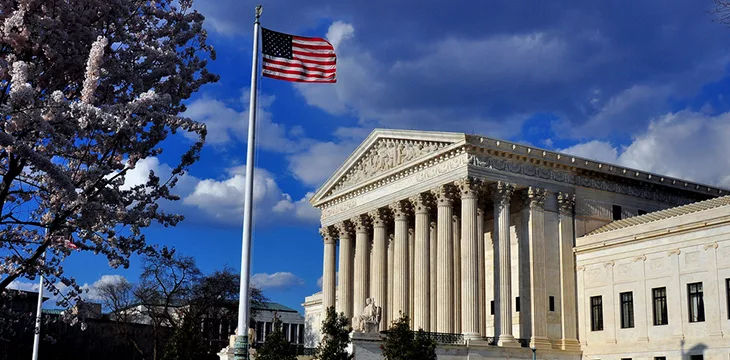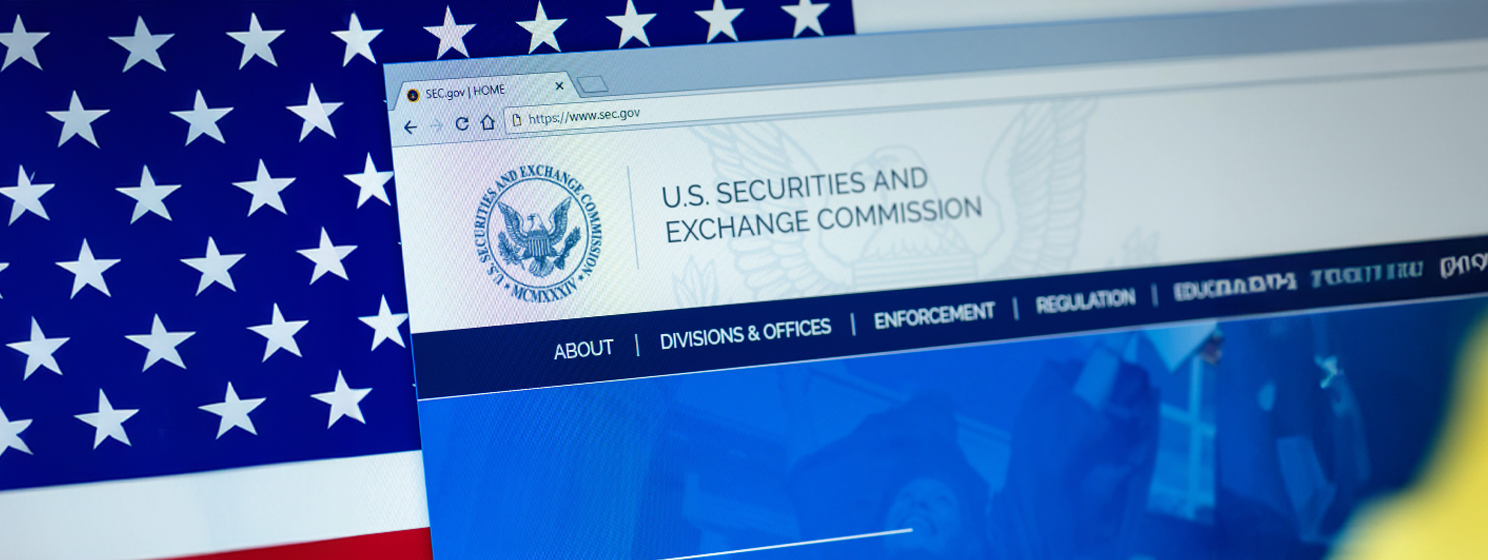
|
Getting your Trinity Audio player ready... |
The United States Supreme Court has voted to overturn a 40-year-old court decision, known as ‘Chevron,’ which defers to federal agencies to interpret the law how they see fit. Some in the digital asset industry have viewed the decision as a win, particularly those critical of how the Securities Exchange and Commission (SEC) has enforced its mandate in the space, while others have warned of it creating legislative issues.
“Experience has also shown that Chevron is unworkable,” Chief Justice John Roberts said in his opinion on Friday. “The defining feature of its framework is the identification of statutory ambiguity, which requires deference at the doctrine’s second step. But the concept of ambiguity has always evaded meaningful definition.”
This was the official rationale for overturning Chevron and the precedent it set. However, multinational investment bank TD Cowen pointed to another possible motivation.
“The conventional wisdom after the Supreme Court acted is that the decision benefits the crypto sector. We partly agree as this will help future crypto challenges to SEC rules and enforcement. Yet it does not change any past rulings or open prior decisions to reconsideration,” Jaret Seiberg, lead of the TD Cowen Washington Research Group, said in a note on July 1.
Whether or not hampering the likes of the SEC in its enforcement efforts was a goal, Seiberg argued that a more worrying potential side effect of the Supreme Court Decision could be to further complicate the already snail-paced U.S. legislative process by forcing lawmakers to be more detailed and specific than had previously been accepted.
“It [the supreme court’s Chevron decision] takes off the table the most common tactic to find a bipartisan compromise, which is to keep the language ambiguous in order to leave the final decision to the regulator,” he said.
Goodbye Chevron
Established by the Supreme Court in the 1984 case Chevron U.S.A., Inc. v. Natural Resources Defense Council, Inc., the Chevron doctrine, or Chevron deference, meant that if Congress hadn’t clearly addressed an issue in the law, the relevant agency’s reasonable interpretation would stand. In other words, it gives agencies flexibility to implement laws and handle complex, technical details as long as their interpretations are not unreasonable.
It’s no coincidence that the recent Supreme Court decision came in the context of ongoing criticism of federal agencies, particularly the SEC, for supposed jurisdictional overreaching. The critiques often fall down partisan lines, with Republican lawmakers tending to favor a hands-off, ‘pro innovation‘ approach to regulation over consumer protection—traditionally a primary concern of Democrats.
The Supreme Court is made up of six Republican, ‘conservative’ Judges—three of whom, Justices Neil Gorsuch, Brett Kavanaugh and Amy Coney Barrett, were appointed by President Trump—and three Democratic, ‘liberal’ Justices. The vote to overturn Chevron was split exactly down these partisan lines, with the three dissenting votes coming from the ‘liberal’ judges.
“Today, the Court flips the script: It is now ‘the courts (rather than the agency)’ that will wield power when Congress has left an area of interpretive discretion. A rule of judicial humility gives way to a rule of judicial hubris,” Justice Elena Kagen said in her dissenting opinion.
Consequence for legislation
According to Seiberg, removing the ability of lawmakers to keep language ambiguous in order to gain broader support to pass a bill could cause real problems.
“This offers political benefits as lawmakers can later criticize the regulator for not following the intent of Congress, even if Congress failed to clearly articulate what should happen,” explained Seiberg.
He also suggested that lawmakers looking at digital asset regulation may now need to address increased specifics, such as which tokens qualify as securities and commodities and exactly when a token goes from being a security to a commodity.
“We are talking details we don’t normally see in legislation such as what happens when a retail investor participates in a staking program at a trading platform or how to AML/BSA control apply if a token at one point went through a mixer to hide its origins,” Seiberg said. “No longer will either side be comfortable deferring to the regulator as the courts are now likely to second guess those decisions.”
This could prove a problem for several pieces of digital asset regulation currently making their arduous journey through Congress, including the Lummis-Gillibrand Payment Stablecoin Act of 2024, currently in the Senate; the Clarity for Payment Stablecoins Act of 2023, currently stalled in the House of Representatives; and the Financial Innovation and Technology for the 21st (FIT21) Century Act, which passed a full House vote but must still pass a Senate vote and survive a potential veto by President Biden, who opposes the bill.
Watch: Blockchain regulation with Marcin Zarakowski

 11-22-2024
11-22-2024


